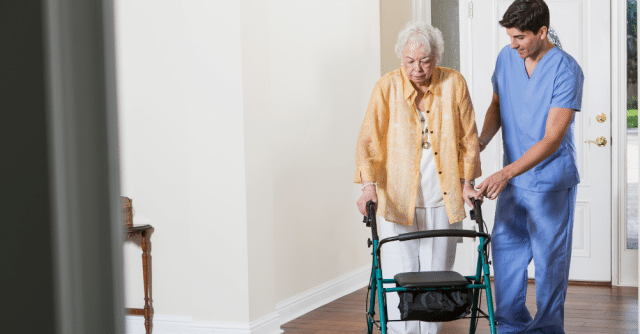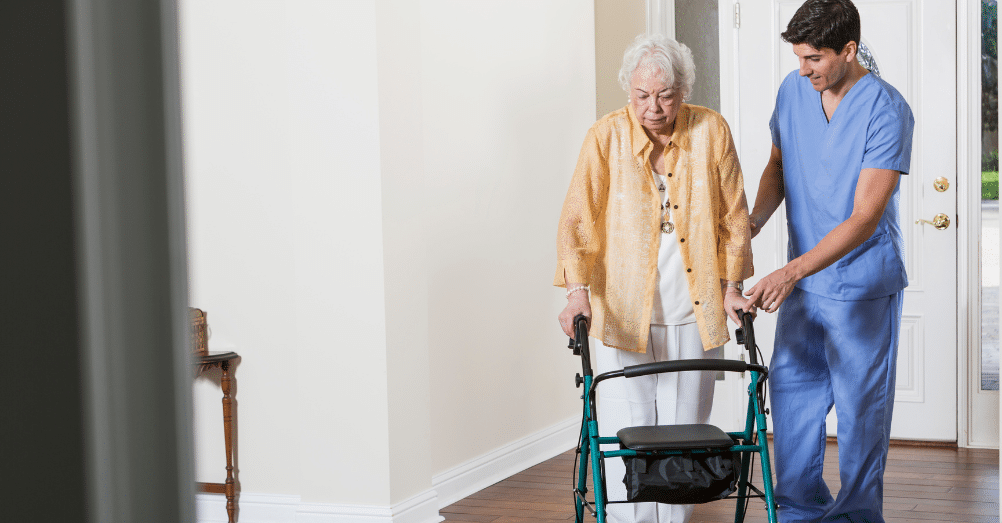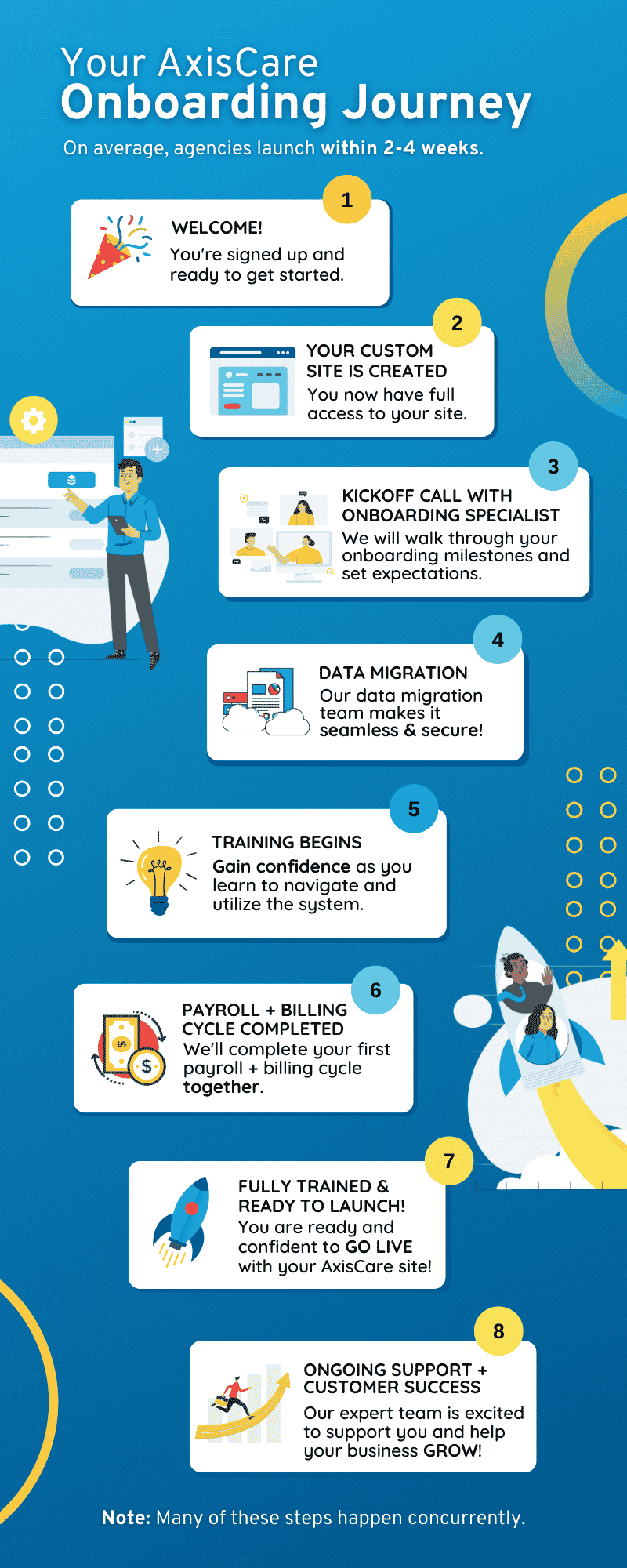Telehealth has cemented itself as a core pillar of remote care. Using digital tools like video chat, it connects patients to practitioners – and vice versa – so they can discuss health-related matters without having to meet in person. COVID is viewed to be a key accelerant in its adoption, and now that the pandemic is in society’s collective rearview mirror, it’s clear that telehealth is here to stay: in 2016, 85% of practitioners said remote health tools were beneficial for patient care, and by the time COVID was winding down in 2022, that number jumped to a whopping 93%.
At the same time, many other technologies are pushing the capacity for in-home healthcare forward, such as remote patient monitoring and mobile health apps. These advancements help complete the mosaic of helpful innovations that enhance the patient experience and expand the roster of services available outside of traditional environments.
Benefits of Telehealth in Home Care
The rise of telehealth has come at the perfect moment. Home care agencies are up against a wave of challenges, from caregiver shortages putting strain on the quality of their care to an ever-changing regulatory landscape. Here’s how the remote revolution is solving these problems one by one.
Improved Accessibility
For patients with chronic illness, reduced mobility, or other physically limiting factors, leaving the house is a heavy lift. Telehealth offers them an alternative way to connect with health professionals in a convenient, low-impact way, all from the comfort of home. This also means that patients – physical abilities aside – can convene with specialists in different cities and even countries, ensuring they get the best possible care for their unique condition.
Enhanced Patient Monitoring
In the past, monitoring technologies were exclusively available in a hospital room or clinic. However, recent advancements have made it easier than ever to monitor patients’ vitals from afar. Blood glucose meters, wearable ECGs, blood pressure monitors, pulse oximeters, and many more devices can send patient data straight to practitioners’ tracking systems, allowing them to proactively address health concerns and ultimately reduce hospitalization rates over time.
Cost-Effectiveness
Healthcare isn’t just costly for patients – it’s expensive for everyone. Hospitals staff their facilities with large specialized teams, and when it comes to inpatient care, longer stays and more intensive treatments can rack up a substantial bill. It’s also expensive to send caregivers around town to perform routine check-ins on patients who receive care at home. By reducing the need for frequent in-clinic or in-person visits, telehealth lowers healthcare costs for both patients and providers without compromising on the quality and frequency of care.
Key Features of Telehealth
Remote Monitoring Devices
By enabling real-time tracking, remote patient monitoring devices facilitate quick and accurate healthcare management, creating an information highway between caregivers and their patients. Researchers are hard at work exploring their many uses and applications, from following up on heart failure patients to monitoring lung function in asthmatics and gathering prenatal data from expectant mothers. Across the board, the consensus is clear: the majority of practitioners participating in these studies feel that RPM tools play a valuable role in the patient care landscape.
Mobile Health Applications
Think of mobile health as a “cousin” of telehealth: instead of requiring patients to displace themselves to a hospital or clinic, it dispatches caregivers straight to their homes. Mobile apps are the glue between caregivers, patients, and healthcare specialists, allowing all parties involved to access important health information, manage appointments, and book virtual consultations when needed. Looping patients in using technology is a great way to boost adherence to care plans and cultivate an overall sense of empowerment.
Electronic Health Records (EHR)
Electronic Health Records (EHR) enhance care coordination by centralizing patient information in a single digital hub. These systems put patients’ complete health histories at practitioners’ fingertips, allowing for instant and comprehensive access to treatment histories, medications, allergies, and more. Inputting and storing this information digitally – as opposed to using decentralized paper records – reduces errors while facilitating smoother communication between specialists, primary care doctors, and other healthcare professionals.
How to Implement Telehealth in Home Care
With telehealth experiencing its heyday, there are plenty of options available for home care agencies looking to make the transition. These changes can start small with the adoption of one or two remote technologies.
Best Practices for Providers
Step one is to conduct a thorough analysis of the top telehealth platforms on the market that serve your specific type of business. Make sure they have robust data security measures that are compliant with regulations like HIPAA. In the context of remote care, two of the most important considerations when looking at features will be enabling smooth communication with patients and digitizing the scheduling process.
Training & Education
Proper training is arguably the most important factor in process adoption agency-wide. If caregivers have a good understanding of all the ways in which their new software can help them save time and streamline processes, they will be far more enthusiastic about using it. But education isn’t just a one-and-done box to check: ongoing training ensures providers can continuously upskill their staff as new features are released and new ways to optimize are discovered.
Integrating With Existing Systems
Your chosen telehealth software should also be compatible with your existing healthcare systems, integrating with EHRs and facilitating seamless connections between platforms – including sharing and updating data in real-time. This integration reduces redundant tasks and enables better coordination among healthcare providers, which is a must for operational efficiency and quality of care.
Utilize Telehealth in Home Care With AxisCare
Telehealth has transformed our industry for the better, making essential care more accessible than ever. By adopting tools like remote monitoring devices, mobile health apps, and EHRs, agencies are perfectly positioned to provide more personalized care while improving their operational processes.
Curious to know how remote care can help your agency broaden and improve its offering? Request a live demo with one of our experts.









